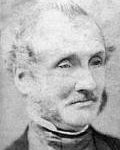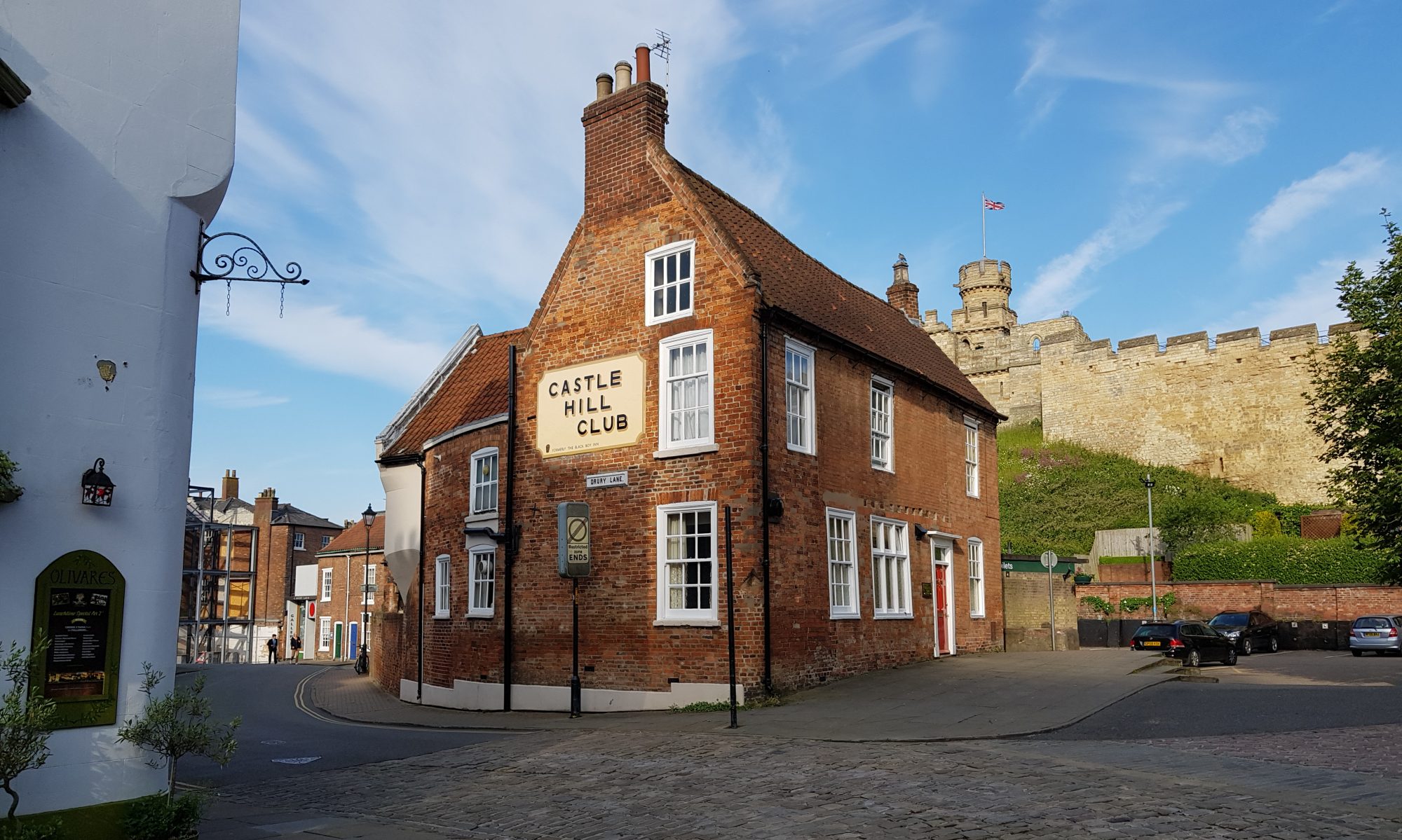Early Days

There was a hostelry recorded on this site in 1642 although it is probable that
one existed for hundreds of years beforehand. It’s location between the Castle and the Cathedral would have ensured a steady clientele visiting either establishment. The earliest reference to the Black Boy Inn as such, was in a lease dated 1745.
Although most of the building is post 1700 construction, one early roof truss survives which probably dates from the early 16th century. A surviving chimneystack was set to serve the central bay, or hall, and a room to the South which has long since disappeared, and may have been a kitchen.Later modifications can be deduced from Padleys map of Lincoln dated 1842. The original bust of the Black Boy was restored by De Montfort University and now sits proudly on display in the club.
Famous Visitors

People of renown who stayed here include Isambard Kingdom Brunel who was engaged by the Fossdyke Navigation to undertake a survey from Torksey Lock. Brunel is reputed to have stayed because of the excellence of the ale and entertainment.

Another famous character was the official executioner Marwood who stayed here whilst carrying out his gruesome work in the Castle grounds. He hailed from Horncastle in Lincolnshire where he was a cobbler, and was known for perfecting the art of dispatching his victims by assessing their weight, and adjusting the degree of drop so death might be instantaneous rather than having to use “hangers on” to complete the task. When he died in 1883, such was his fame that an entire edition of the Illustrated Police News (we have a copy), was devoted to his life and works. We. cannot be sure but the existing garret room in the club could well have been his when in residence. In London, where he was based, he was paid one guinea per execution but in Lincoln he was paid £10, a truly princely sum in those days.
The Leatherjack

An item of interest made an appearance in the club in 1999 when the Leather Jack was brought over from the Cathedral by the master bellringer. The Leather Jack, presented to the Company of Ringers in 1782 by the Mayor, Alderman Bullen, was a jug which held 22 pints of ale for refreshing the bell ringers when they come off duty in the Cathedral. It used to be filled at the Great Tom Inn in exchequer gate, but when it closed in 1822, the ringers moved to the Black Boy. It was pawned to the landlord by the ringers for 13 shillings but never redeemed. The landlord lent the jug to Lincoln Museum until 1926 when he moved to Hove. When he died in 1957, the jug was bequeathed to the Dean and Chapter. In February 2006 the Dean of Lincoln dedicated a replica Leather Jack, which can be seen in the club today.
The 20th Century
In the early part of the 20th century the club was patronised by several of the Cathedral clergy, in fact they even kept one of their own silver chalices on the premises. When the pub closed in 1923, eleven former regulars got together, founded the Castle Hill Club, and formally returned the chalice to the Bishop of Lincoln. In 1973 the 50th anniversary was celebrated at 1923 prices (approximately 2p per pint and 4p per spirit measure). The brewery, Hewitt Bros of Grimsby, donated 50 pints to Mr Bert Newby (aged 77) one of the original members. In 1964 the ground floor billiard room was created and the premises were substantially refurbished. Until 1993 the premises were owned by Bass, who were planning to sell the property. The membership at the time decided to make arrangements to purchase it, and it has been owned by the members ever since.
The Club today
From the original 11, membership has risen to over 400 now, and continues to grow steadily. The club is run by an elected Committee and managed by a live-in Steward. the original plaster sign on the East elevation has been restored and acknowledges the Grade II* listed building’s previous incarnation as the Black Boy. There is a wide range of beer, wine and spirits on offer, and frequent social events take place. Catering was introduced in 2006 and goes from strength to. strength, please view the catering page for more information.
Quiet watering holes such as this have largely disappeared, especially in the provinces, and we are indeed privileged to have this gem set right in the heart of Lincoln’s Cathedral quarter.
